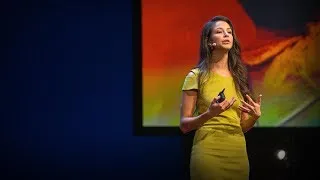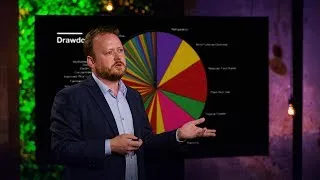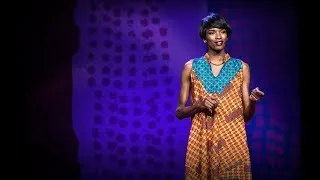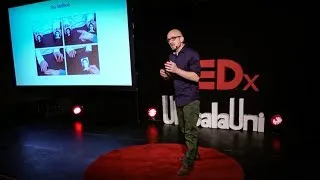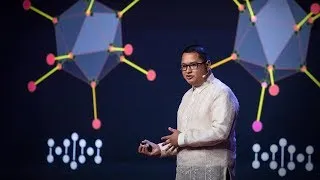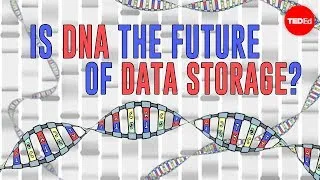Mesedez, egin klik bikoitza beheko ingelesezko azpitituluetan bideoa erreproduzitzeko.
New videos
Gune honek ingelesa ikasteko erabilgarriak diren YouTube bideoak aurkeztuko dizkizu. Mundu osoko goi mailako irakasleek emandako ingeleseko ikasgaiak ikusiko dituzu. Egin klik bikoitza bideo-orri bakoitzean bistaratzen diren ingelesezko azpitituluetan, hortik bideoa erreproduzitzeko. Azpitituluak bideoaren erreprodukzioarekin sinkronizatuta mugitzen dira. Iruzkin edo eskaerarik baduzu, jar zaitez gurekin harremanetan harremanetarako formulario hau erabiliz.

